|
|
Home
I
Person
I
Last
Updates
I Email
I
Exchange
Rates
 |
This
is my hometown. A city of two hundred thousand people,
pulsating but still laid back due to its warm climate.
Temperatures can reach up to 38 degrees Celsius in summer
and in winter it is the mildest place. All up – climate
wise – Freiburg has it all, lots of sunny days, a bit of
snow and …lots of sunny days...
|
|
|
F r e i b u r g im
Breisgau - Muenster,
Rathaus and the rest ...
|
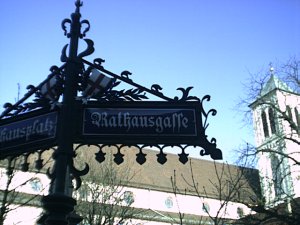 |
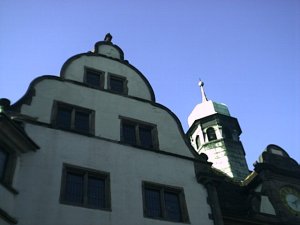 |
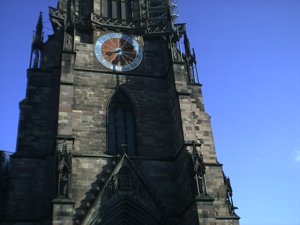 |
This
is my hometown. A city of two hundred thousand people,
pulsating but still laid back due to its warm climate.
Temperatures can reach up to 38 degrees Celsius in summer
and in winter it is the mildest place. All up – climate
wise – Freiburg has it all, lots of sunny days, a bit of
snow and …lots of sunny days.
|
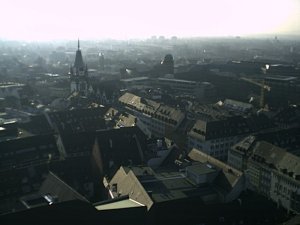 |
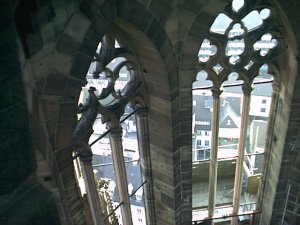 |
|
Historically,
Freiburg was founded in 1120 (there are several dates around
1120, so I picked one) when a Baron, called Konrad
Zaehringer, brother of Berthold III von Zaehringen (the head
of the family), decided to place a market at the bottom of
the "Schlossberg" (local Hill, next to the
Muenster, where Konrad’s Castle used to stand). Trading
went well around the area. In those times, Freiburg used to
be wealthy because of silver mining in the Black Forest.
|
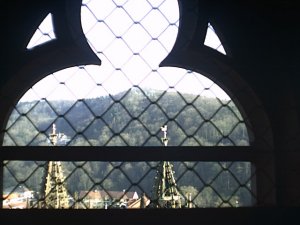 |
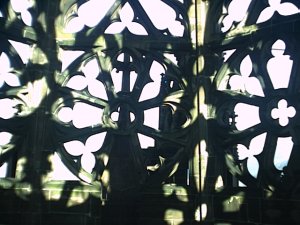 |
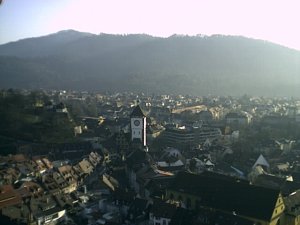 |
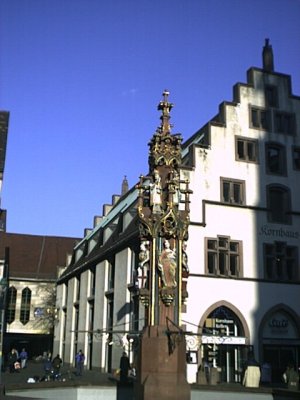 |
Around
the 12th century, the building of the Muenster
commenced. It took 300 years to complete the church. This is
why different styles of architecture can be identified
today. From the mid 14th century, Freiburg
delivered the Baron of Zaehringen a one-off payment of 15000
Silver pieces, to join the Habsburgers, a powerful Austrian
family at the time, for the next 450 years. During that
time, the Freiburgers were exposed to French-Austrian
battles and the usual medieval troubles. At the beginning of
the 18th century Freiburg discontinued their
partnership with the Habsburgers and became part of the
lands of the Baron of Baden, who was a descendant of the
Zaehringer family. Due to that occasion, the
Bertholdsbrunnen was build in 1807.
|
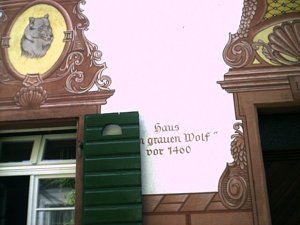 |
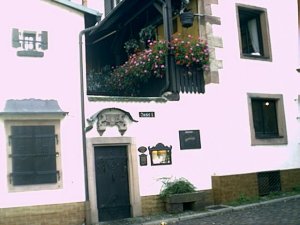 |
|
The
"Rathaus" (city hall) was built in 1896 to 1901.
Prior to that, the building was used by the Medical
department of the University. A further sight, the cities’
theatre, was built in 1910. Today, it offers an interesting
theatre, opera and dance program all year round. In 1918,
the Baronship of Baden becomes part of the republic. During
the Second World War, Freiburg also experienced some bombing
toward the end of the war in 1944.
|
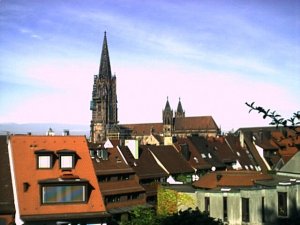 |
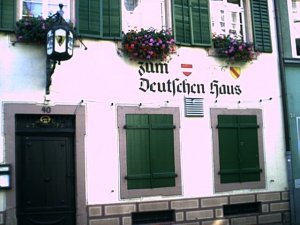 |
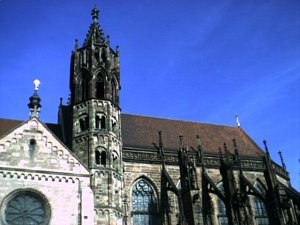 |
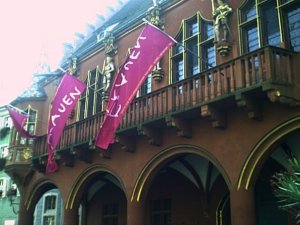 |
However,
according to an older and wiser woman, we met on the train
once, Freiburg mainly functioned as a hospital town during
the war. Freiburg has much to offer. Every summer, tourists
stream from all over the world, as they choose Freiburg as
one of their stops in their Germany visit. The inner city
with its "Baechle" (small canals) , cobble stone
paving and ornate well-restored Buildings sends one back to
the times in which they were built.
|
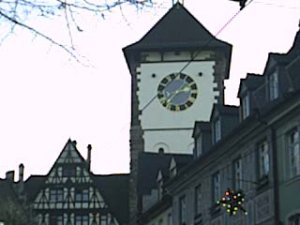 |
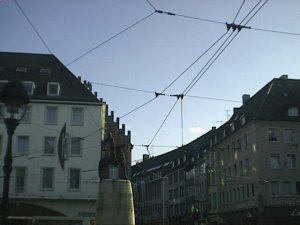 |
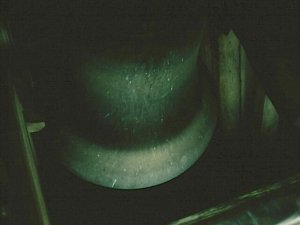 |
I
have walked through this place a number of times, but I
never get bored with it. Take a walk through the older part
of town, from the Muenster, with its 320 steps, to the
"Schwabentor", down to the "Gerberau",
where two canals run through, finally reaching the
Martinstor. There are many little avenues with
"Baechles" running through them. By the way, the
Muenster can be climbed for DM 2,- (which goes to the
restoration works). From there you will have a wonderful
view over Freiburg and the Market place beneath.
|
|
Once
you get tired of touring the city, have a rest in one of the
great student pubs, or if you prefer good old German
traditional cuisine and atmosphere you may visit a
"Gasthaus", where "Bier" and
"Schweinebraten" are plenty. In the evening you
may visit one of the cinemas (The cinema in the
"Friedrichsbau" sometimes screens films in English
language), or go to a club. But whatever you do: enjoy
yourselves : )
|
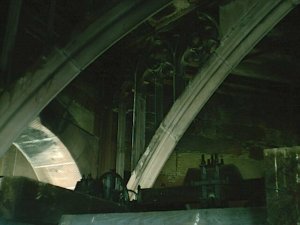 |
| Last
edited 19-06-01
All photos by
A. Goss & S. Goss
© A.Goss,
April 2001 |
|
|


















